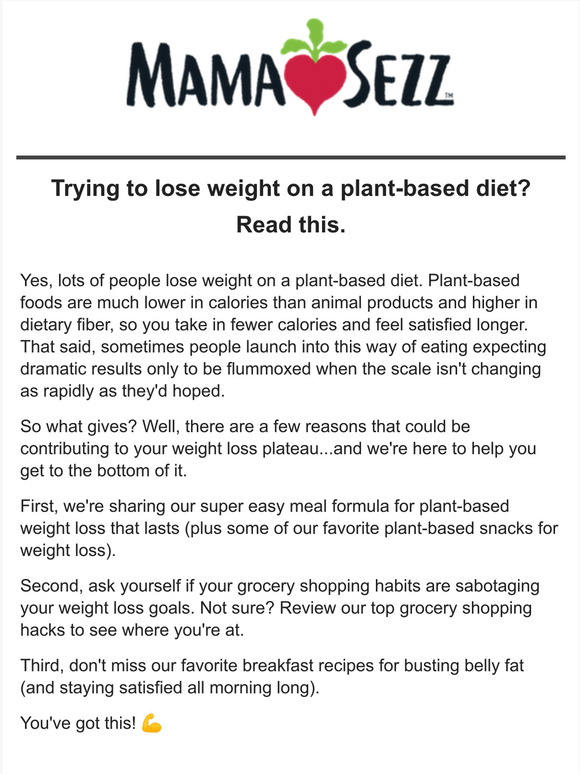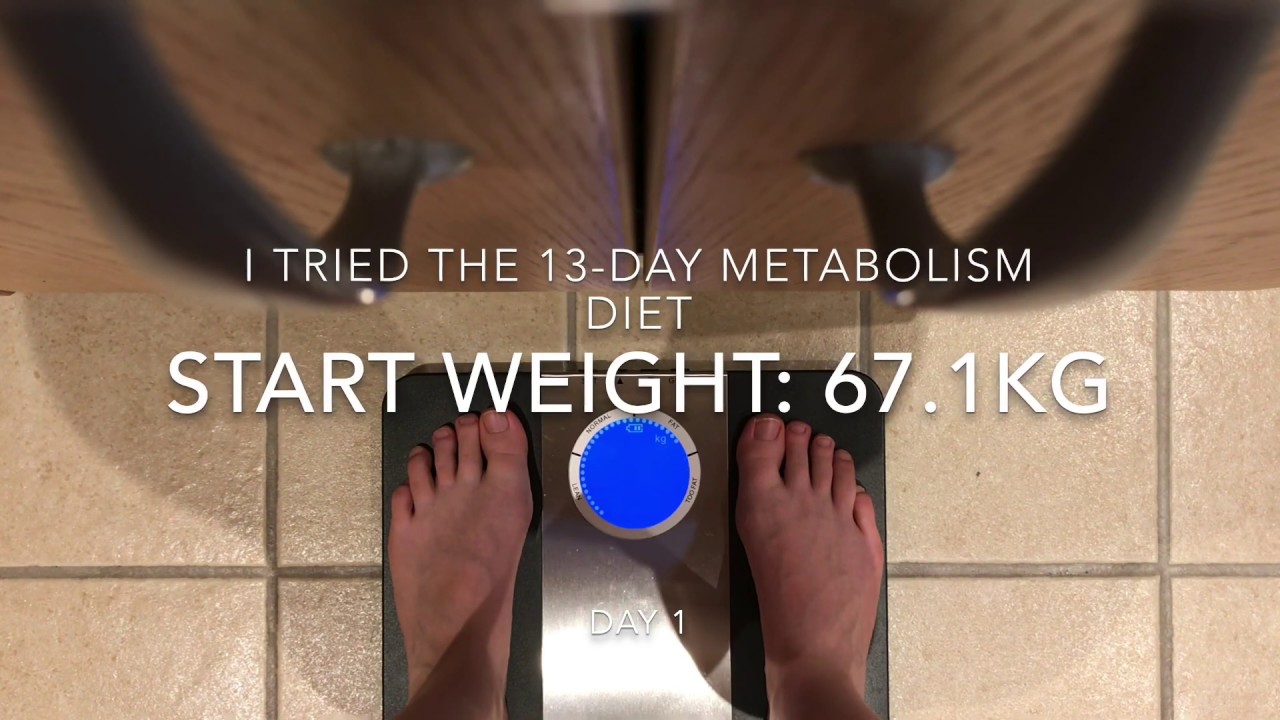
As you become more familiar with your workout routine, it is important to find new ways to keep your mind and body challenged. You can increase or decrease the intensity of your treadmill exercise to keep yourself motivated. Most treadmill programs use a rate of perceived exertion (RPE), which measures the amount of effort. However, everyone starts at a different fitness level, so it is important to adjust the intensity of your workout to match your current abilities.
TikTok treadmill workout burns 500+ calories per hour in just over thirty minutes
The 12-3-30 code is a simple exercise that requires you to incline the treadmill by 12 percent and run at three mph. Celebrities have joined the treadmill workout on TikTok. Lauren Giraldo, a social media star, created the 12-hour challenge and it has been viewed over seventy-million times! This workout targets your stomach muscles and promises a quick way to lose belly weight in 30 minutes.
A treadmill equipped with a heart-rate monitor can help you burn these calories. This will allow you to stay within your goal range. Begin with a slow, easy pace. Gradually increase the speed. You can walk for five minutes at the same pace as before, but at a slower pace. Slowly increase your speed and incline. At the end of each session, stretch and do some other exercises to make the workout more effective.

A treadmill HIIT workout burns more calories per hour than continuous, long training.
HIIT is a fast-paced form of aerobic exercise that helps you burn calories much faster than a traditional long-term exercise routine. The exercise involves brief bursts that are intense followed by periods where you can relax. Unlike traditional exercise programs, HIIT produces an after-burn effect known as excess post-oxygen consumption (EPOC), which helps your body burn calories at higher rates for hours after a workout. HIIT treadmill exercise can help burn more calories than regular, continuous training.
HIIT on a treadmill will engage your muscles in fast bursts, high-energy exercise, followed by periods for recovery. The heart rate stays elevated throughout the workout, and your body can repair itself by recovering from the intense activity. Your heart rate will determine how many calories you burn. Your body's metabolism will continue increasing as you improve your fitness, and you'll appear better than ever.
HIIT treadmill workout requires 2:1 Rest to work ratio
A 2:1 work-to-rest ratio is a good HIIT treadmill workout to lose weight. Although HIIT doesn't have a single protocol or perfect formula, the best results can be achieved by performing varying intensities of intervals. Alternating between sprinting and walking for 30 seconds each. Sprinting for a whole minute and resting for 30 seconds is a good example of a 2:1 work to rest ratio.
For those who are just starting HIIT, it is a good idea to start at incline 0. This is the standard height for a treadmill. The incline percent can be adjusted as interval running becomes more natural. Altering your rest periods is another tip for HIIT. Alternate walking and running for 5-10 minutes each, with shorter rest periods in between.

iFIT treadmill workout burns 500+ calories in just over 30 minutes
With an iFIT treadmill workout, you can burn 500+ calories in just over 30 minutes! The treadmill has a heart rate monitor, which allows you to adjust the intensity and pace of the workout. You can switch from light jogging to brisk walking or even a light incline. You can adjust the speed and intensity of your workout by gradually decreasing the speed. After your workout is done, you can stretch and cool down. Your workout can include dumbbell exercises, walking poles, and other activities.
The iFIT treadmill works fast to burn 500+ fat burning calories in 30 minutes. Your speed and weight affect the number of calories you consume. A treadmill can help you lose up to 500 calories in just 30 minutes. So start slow and increase the speed gradually. To get maximum results, you should choose a treadmill that offers inclines or can be set at multiple speeds. To calculate how many calories you have burned, use the myfitnesspal Calorie Calculator.
FAQ
Is there any side effect to intermittent fasting?
There are no known negative side effects of intermittent fasting. However, if you don't plan properly, you might experience some minor issues.
For instance, if breakfast is skipped, you might feel uneasy all day. Also, you might experience dizziness, headaches, fatigue, muscle cramps, and dizziness.
These symptoms usually resolve within a few weeks.
Does intermittent fasting affect my sleep?
Yes, intermittent fasting can have an impact on your sleep. You may notice an increase in hunger hormones if you skip meals. This can lead to you waking up early in the morning.
Experts recommend skipping breakfast. They recommend eating a light snack before bed.
You can still eat a small meal if you feel hungry after the snack.
Be careful not to overeat. Otherwise, you'll end up gaining weight instead of losing it.
How often do people fast regularly?
Most people who adhere to a ketogenic lifestyle fast only once per week. Some people fast twice weekly. Some others fast three days per week.
There are many lengths to fasting. Some people fast 24 hours, while others fast 48 hours.
Some people can even travel for up to 72 hours. But these extreme cases are very rare.
What amount of exercise is necessary to lose weight?
There are many factors that affect the amount of exercise you need to lose weight. Most people require moderate activity at least five days per week.
The American College of Sports Medicine recommends that you do 150 minutes of moderate intensity aerobic activity per week. This should be spread over three days.
For example, if you want to lose 10 pounds, aim to do 300 minutes of moderate-intensity exercise each week. This includes activities such brisk walking and swimming laps, bicycling, dancing, playing tennis or golfing, hiking, running, jogging and other similar activities.
Consider doing 20 minutes of vigorous exercise thrice a week if you are just starting out. It could be sprinting, lifting weights, jumping rope or fast walking.
Aerobic exercise is a great way to burn calories and build muscle mass. Muscles can burn more calories that fat. You may be able to achieve your goal quicker by building muscle and losing fat.
How do I create an exercise routine?
It is important to establish a routine. It is important to plan what you will do each morning and how much time you will be doing it. This helps to plan ahead and avoid procrastination.
The second thing is to ensure that you have plenty of variety in your workout. You don't want your exercise to be monotonous.
It is important to track your progress. It is crucial to track how much weight has been lost or gained.
If you start off by losing weight, it's easy to lose motivation if you don't gain any additional weight. If you gain excessive weight, it can be difficult to remain motivated.
It is important to find the right balance between weight gain or weight loss. You'll find it harder to exercise if you don't like where you are at the moment.
How long should I do Intermittent fasting to lose weight?
It's not as easy to answer as you might think. There are many factors that need to be taken into consideration when deciding how many days of fasting is necessary for optimal fat loss. These factors include:
-
Your age. For example, if you're young (under 40), intermittent fasting may be too difficult for you because you have less time to recover from each day's fast. Alternately, if your age is over 60, intermittent fasting might prove too challenging because you may not have enough energy to last for extended periods of time.
-
Your current body composition. Longer periods of fasting are more beneficial if you have a lot muscle mass. However, if you have little muscle mass, then shorter periods of fasting may be better suited for you.
-
How physically active are you. To ensure adequate rest between workouts, you might need to extend your fasting period if you exercise frequently.
-
Your medical history. Additional fasting monitoring may be required for certain medical conditions such as diabetes or heart disease.
-
How can you manage stress? Stressful situations often make us eat less. This problem can be avoided by increasing the length of your fasting periods.
-
The type of diet you follow. Certain diets, like ketogenic diets, may require even longer fasting periods.
-
The quality of your sleep. Insufficient sleep has been associated with decreased metabolism and increased appetite. It might take some time to find what works best for your needs.
-
The amount of protein that you consume. Protein helps stabilize blood sugar levels, which means that eating more protein could potentially lead to lower insulin levels. This would allow for you to fast more often.
-
People who want to gain weight or lose it will need to fast for longer periods of time than those trying to lose.
-
What percentage of calories do you consume during your fasting window? Fasting for fewer calories a day can result in more fat loss than fasting to eat more calories a day.
-
Your overall fitness level. Fasters who are very fit tend to have higher metabolic rates, which allows them to burn more calories throughout the day.
-
Your gender. Men typically have larger appetites than women, so they may need to fast for slightly longer periods of time. Women tend to have smaller appetites so they might only need to fast for 20-30 minutes each morning.
-
Your lifestyle. Are you someone who is active? Do you workout several times each week? Do you work at a desk all day? These factors can impact how fast you should be moving.
-
What amount do you spend on food each month? It doesn't always mean that you should spend a lot of money on groceries if you eat healthy foods. You can save money by buying whole grains instead of white bread, fruits instead of candy bars, and lean meats instead of fatty cuts.
-
How important it can be to control your appetite. You might not have to fast as much if your hunger isn't a problem.
Statistics
- According to a study sponsored by the American Council on Exercise, a person weighing around 140 pounds (64 kg) would burn 108 calories at a 30-minute beginner's Pilates class or 168 calories at an advanced class of the same duration (26). (healthline.com)
- Another study found that 24 weeks of weight training led to a 9% increase in metabolic rate among men, which equated to burning approximately 140 more calories per day. (healthline.com)
- According to Harvard Health, it's estimated that a 155-pound (70-kg) person burns roughly 112 calories per 30 minutes of weight training (5). (healthline.com)
- A 12-week study in 20 women with obesity found that walking for 50–70 minutes 3 times per week reduced body fat and waist circumference by an average of 1.5% and 1.1 inches (2.8 cm), respectively (healthline.com)
External Links
How To
How do I lose belly fat fast?
You need to realize that losing belly fat can be difficult. It takes dedication and hard work. These tips will help you achieve your goals.
-
Healthy Food Eating healthy food is very important. Ensure that you eat foods like fruits, vegetables, whole grains, lean protein, low-fat dairy products, nuts, seeds, beans, legumes, fish, poultry, eggs, olive oil, low-sugar fruits and vegetables, and stay away from junk food.
-
Drink Water. Drinking water will keep you hydrated and make it easier to feel satisfied for longer durations. Get plenty of water every single day.
-
Cardio exercises can help you burn more calories and increase your muscle mass. Cardio exercises will help you burn calories and build muscle. Cardio exercises can also increase your heart health, and speed up metabolism. Do 30 minutes of cardio exercise each day.
-
Get enough sleep. Good health is dependent on sleep. Insufficient sleep can cause anxiety and stress which can lead to unhealthy eating habits such as smoking and excessive drinking.
-
Stress levels can be reduced. Stress can cause changes in brain chemistry and hormonal levels. Cortisol, a hormone which increases hunger pangs as well as cravings to eat high-calorie foods, is released when we're stressed.
-
Regular breaks are important. Take regular breaks throughout the day. Get out and take a stroll or a brief nap. This will allow your body and mind to rest and recuperate.
-
Avoid Alcohol Consumption. Alcohol contains empty calories and slows down digestion. If you're trying to lose belly fat, drinking alcohol should be avoided as much as possible.
-
Have fun!